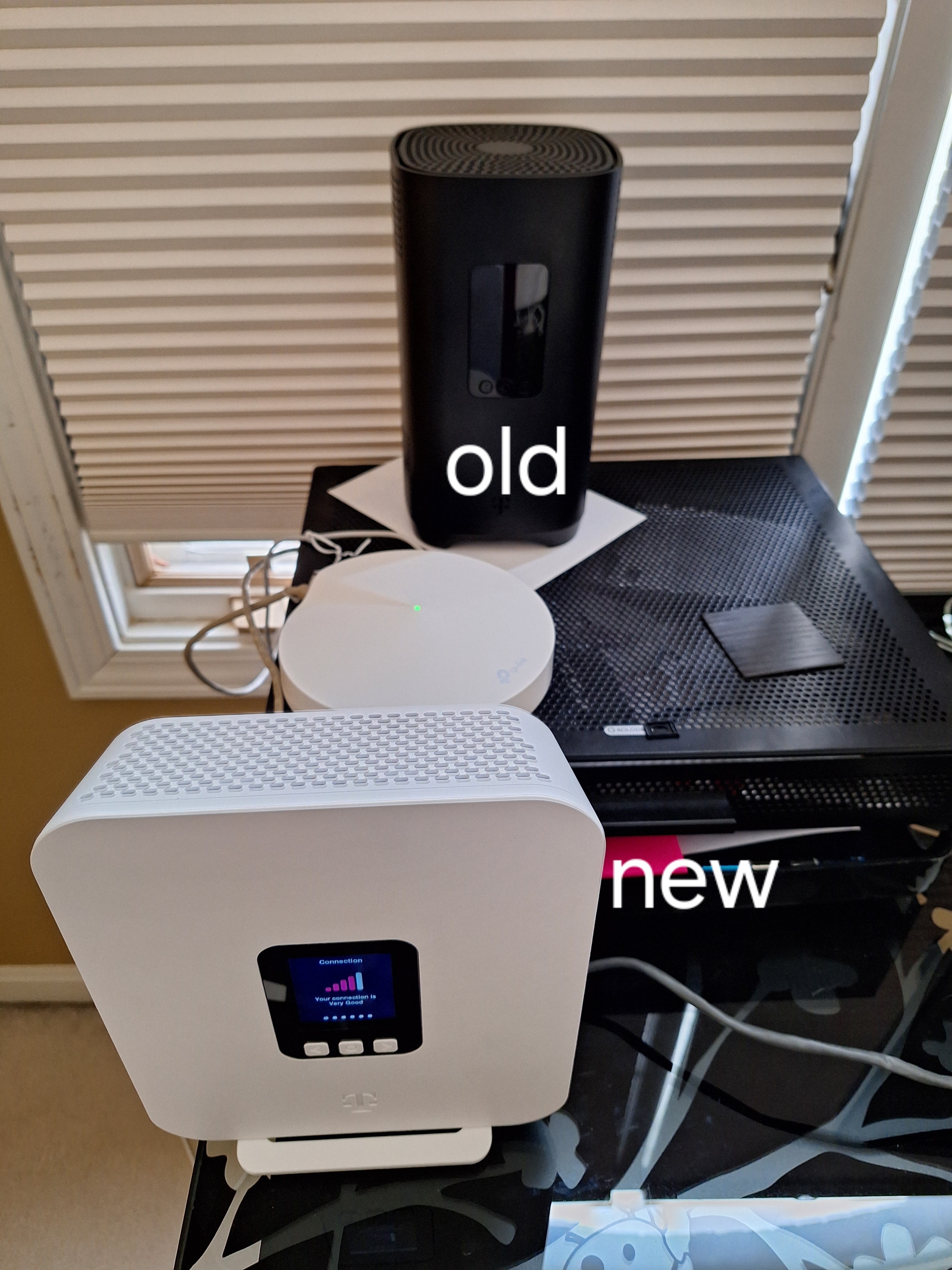I am using TMobile home internet with a 5G router.
the connection appears fine until I connect to my work VPN (speed unusably slow). Other employees do not have the same issue using the same VPN and I have been working with IT.
The VPN is using Cisco AnyConnect to a DTLS, SSL, TCP and UDP 443 endpoint.
They are suggesting that there may be a problem at TMobile with the UDP traffic on port 443.
could someone please verify this for me?
thx




